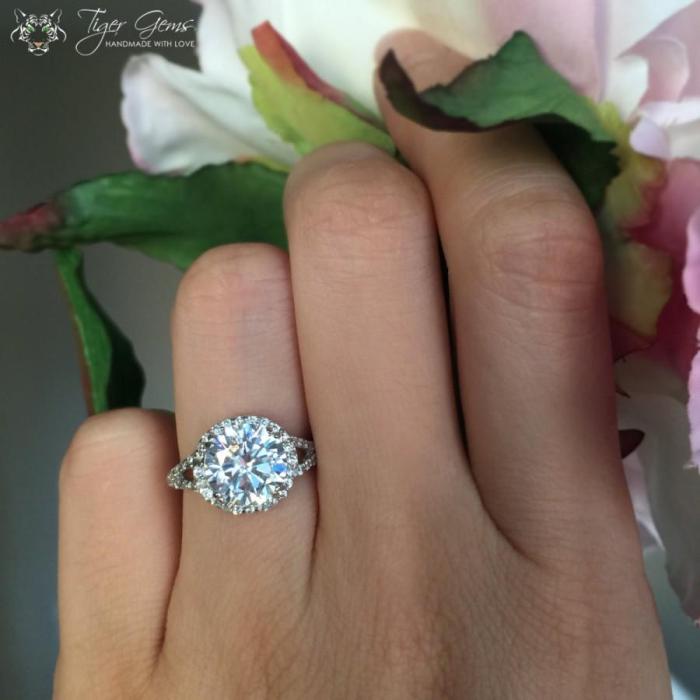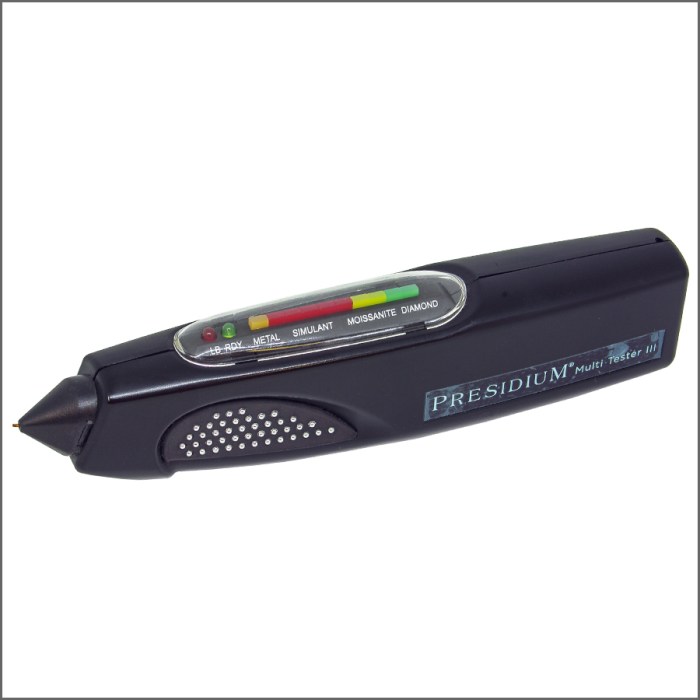All diamond simulants all have lower than a diamond. – All diamond simulants have lower hardness than diamonds, making them less durable and more susceptible to scratches. This inherent difference is a crucial factor to consider when choosing a gemstone for jewelry or other applications where durability is paramount.
The hardness of a gemstone is measured on the Mohs scale, which ranges from 1 (talc) to 10 (diamond). Diamonds, with a hardness of 10, are the hardest known natural material, while diamond simulants typically have a hardness between 8 and 9. This difference in hardness means that diamond simulants are more likely to be scratched or damaged by everyday wear and tear.
Diamond Simulant Hardness

Diamond simulants typically have lower hardness ratings than diamonds, making them more susceptible to scratches and wear. The Mohs scale of mineral hardness is used to measure the scratch resistance of materials, with diamonds ranking as the hardest known natural material at 10 on the scale.
Hardness Ratings of Diamond Simulants
| Diamond Simulant | Mohs Hardness |
|---|---|
| Cubic Zirconia (CZ) | 8.5 |
| Moissanite | 9.25 |
| White Sapphire | 9 |
| Synthetic Rutile | 6.5
|
| Yttrium Aluminum Garnet (YAG) | 8 |
The higher the Mohs hardness rating, the more resistant a material is to scratching. Therefore, moissanite is the hardest diamond simulant, followed by white sapphire and cubic zirconia.
Diamond Simulant Refractive Index: All Diamond Simulants All Have Lower Than A Diamond.
The refractive index of a gemstone determines its brilliance and fire, which refers to the dispersion of light into a spectrum of colors. Diamonds have a high refractive index of 2.42, which means they bend light more than most other materials.
Refractive Index of Diamond Simulants
| Diamond Simulant | Refractive Index |
|---|---|
| Cubic Zirconia (CZ) | 2.15
|
| Moissanite | 2.65
|
| White Sapphire | 1.76
|
| Synthetic Rutile | 2.616
|
| Yttrium Aluminum Garnet (YAG) | 1.83
|
Moissanite has the highest refractive index among diamond simulants, making it the most brilliant and fiery. Cubic zirconia and synthetic rutile also have high refractive indices, while white sapphire and YAG have lower refractive indices.
Diamond Simulant Dispersion

Dispersion refers to the ability of a gemstone to split light into a spectrum of colors. Diamonds have a high dispersion of 0.044, which means they produce more fire than most other gemstones.
Dispersion Values of Diamond Simulants, All diamond simulants all have lower than a diamond.
| Diamond Simulant | Dispersion |
|---|---|
| Cubic Zirconia (CZ) | 0.066 |
| Moissanite | 0.104 |
| White Sapphire | 0.018 |
| Synthetic Rutile | 0.287 |
| Yttrium Aluminum Garnet (YAG) | 0.025 |
Synthetic rutile has the highest dispersion among diamond simulants, making it the most fiery. Moissanite and cubic zirconia also have high dispersion, while white sapphire and YAG have lower dispersion.
Diamond Simulant Thermal Conductivity
Thermal conductivity measures a material’s ability to transfer heat. Diamonds have a high thermal conductivity of 200 W/m·K, which means they conduct heat very efficiently.
Thermal Conductivity of Diamond Simulants
| Diamond Simulant | Thermal Conductivity (W/m·K) |
|---|---|
| Cubic Zirconia (CZ) | 11
|
| Moissanite | 129
|
| White Sapphire | 35
|
| Synthetic Rutile | 9
|
| Yttrium Aluminum Garnet (YAG) | 11
|
Moissanite has the highest thermal conductivity among diamond simulants, making it the most durable and resistant to heat. White sapphire and cubic zirconia have moderate thermal conductivity, while synthetic rutile and YAG have lower thermal conductivity.
Diamond Simulant Chemical Composition

The chemical composition of a diamond simulant determines its properties, such as hardness, durability, and color.
Chemical Composition of Diamond Simulants
| Diamond Simulant | Chemical Composition |
|---|---|
| Cubic Zirconia (CZ) | ZrO2 |
| Moissanite | SiC |
| White Sapphire | Al2O3 |
| Synthetic Rutile | TiO2 |
| Yttrium Aluminum Garnet (YAG) | Y3Al5O12 |
Cubic zirconia is a synthetic form of zirconium dioxide, while moissanite is a synthetic form of silicon carbide. White sapphire is a natural form of aluminum oxide, synthetic rutile is a synthetic form of titanium dioxide, and YAG is a synthetic form of yttrium aluminum oxide.
Diamond Simulant Growth Methods

Diamond simulants can be grown using various methods, each with its own advantages and disadvantages.
Diamond Simulant Growth Methods
| Growth Method | Advantages | Disadvantages |
|---|---|---|
| Czochralski (CZ) | High-quality crystals, low cost | Can introduce impurities, limited size |
| Chemical Vapor Deposition (CVD) | High-quality crystals, large size | Slow growth rate, expensive |
| High-Pressure High-Temperature (HPHT) | Can convert natural diamonds into colorless simulants | Can create strain and inclusions, limited size |
| Flux Growth | Can produce large, high-quality crystals | Slow growth rate, expensive |
The Czochralski method is the most common method for growing cubic zirconia, while the CVD method is used for moissanite and synthetic rutile. The HPHT method is used to convert natural diamonds into colorless simulants, and the flux growth method is used for white sapphire and YAG.
Quick FAQs
What is the Mohs scale?
The Mohs scale is a measure of the hardness of minerals, ranging from 1 (talc) to 10 (diamond).
Why is hardness important for gemstones?
Hardness is important for gemstones because it determines their resistance to scratches and wear.
What are the benefits of diamond simulants?
Diamond simulants are more affordable than diamonds and can offer a similar appearance.